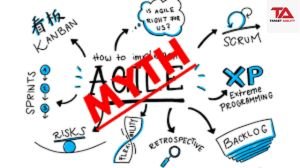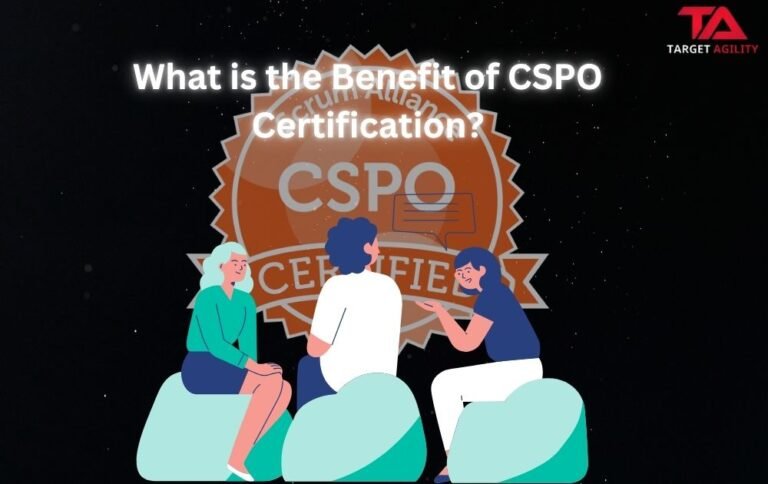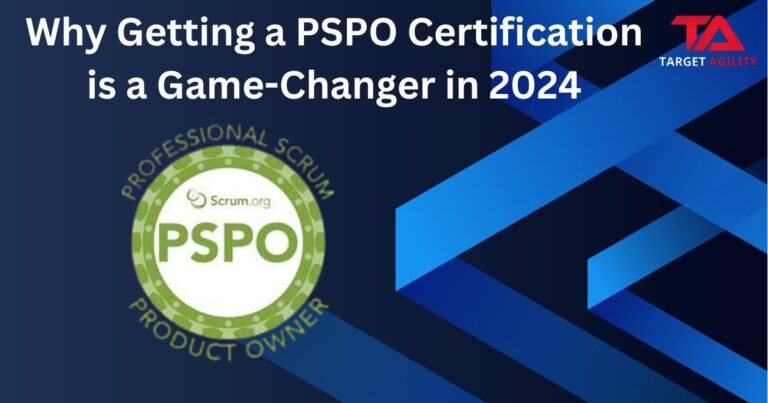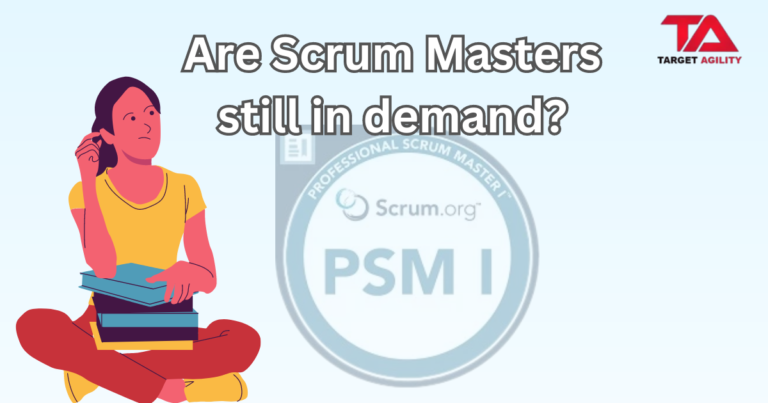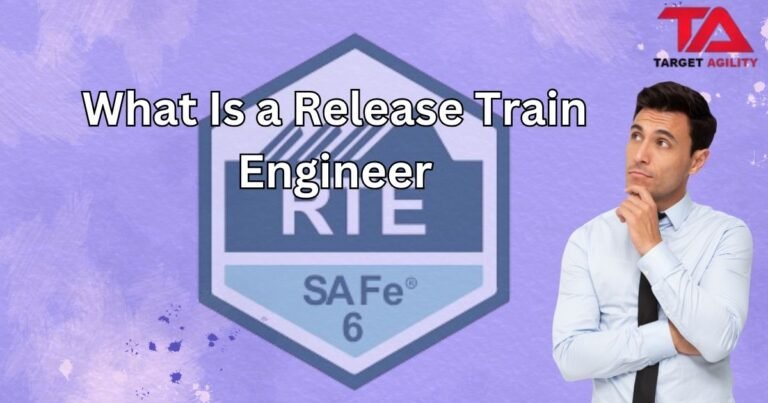Organizations all across the world are drawn to agility by its siren song, which promises increased productivity, contented workers, and quicker innovation. However, implementing this agile methodology can be challenging due to misunderstandings and improper use, especially in large, complicated organizations. Leaders who dare not fear! Let’s dispel the top ten myths surrounding scaling agility and open the door to a journey that can actually change lives:
Myth 1: Scaling agility is simply applying Scrum at scale

Scrum is an agile framework, but expanding it further by just adding more teams would only lead to disarray. A comprehensive change in company culture, procedures, and leadership attitudes is necessary for true scalability.
Myth 2: Scaling agility is all about speed and delivery.
Agility facilitates quicker delivery, but it’s not a sprint to the finish line. Delivering value at the appropriate rate-balancing speed, quality, and stakeholder needs-should be the main priority.
Myth 3: Scaling agility means ignoring deadlines and plans.
Adaptability and responsiveness are enhanced by agility, but not entirely at the expense of structure. Still essential for managing complicated projects are prioritization, precise objectives, and adaptable roadmaps.
Myth 4: Scaling agility requires throwing out all existing processes.

Agile Scaling incorporates agile concepts like transparency and cross-functional cooperation while building upon current structures rather than starting from scratch.
Myth 5: Leaders have no role in scaling agility.
Effective leadership is essential in any context. In order to promote a continuous improvement culture, remove obstacles, and cultivate an agile attitude, leaders are essential.
Myth 6: Scaling agility leads to chaos and lack of control.
Agile scaling does not equate to anarchy, even though adaptation is essential. Even in dynamic contexts, transparency and control are ensured by well-defined feedback loops, efficient communication, and clear governance structures.
Myth 7: Scaling agility only works for tech companies.
Agile concepts are flexible and may be implemented in any type of business or organization. Agile practices have shown to be successful in a variety of settings, including healthcare and finance.
Myth 8: Scaling agility is a one-time transformation.

In actuality, agility is a process rather than a final goal. As the organization and its surroundings change, ongoing development and adaptability are crucial to maintaining the advantages and overcoming obstacles.
Myth 9: Scaling agility requires expensive consultants and tools.
Although outside assistance might be beneficial, internal commitment and cultural transformation are the main forces for scaling agility. Although frameworks and tools have their uses, it is more important to comprehend the underlying ideas and modify them to fit your own situation.
Myth 10: You’ll know if scaling agility is working just by looking at the numbers.
Although metrics can provide insightful information, true success is measured by more than just numbers. A successful agile transition will be evident in enhanced engagement, higher quality, quicker problem-solving, and a continuous learning culture.
So, let’s ditch the myths, ignite the flames of adaptation, and embrace the journey to organizational agility!
Conclusion
Scaling agility is hampered more by limiting mindsets than anything else. By debunking these myths, you’ve taken the first step towards unlocking the boundless potential of agile principles. It’s time to adopt a mindset of adaptability, value-driven delivery, and continuous improvement at all levels of your organization.
Registration Process
To Register For Course in Target Agility of PSPO II
The registration process for Target Agility course is simple and intuitive.
Click Here to Register For PSPO II


